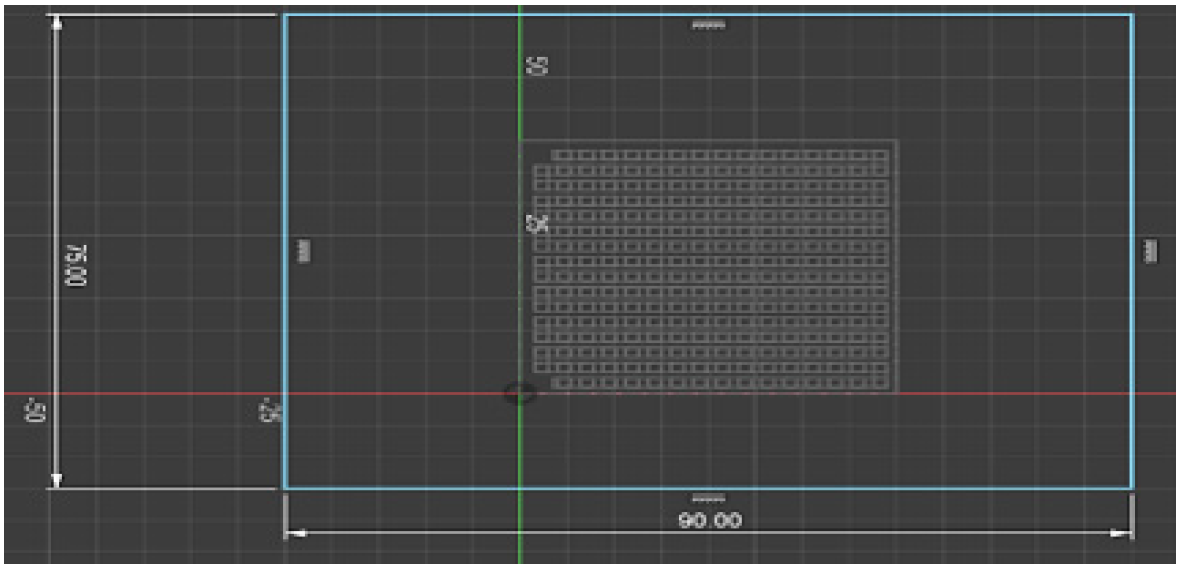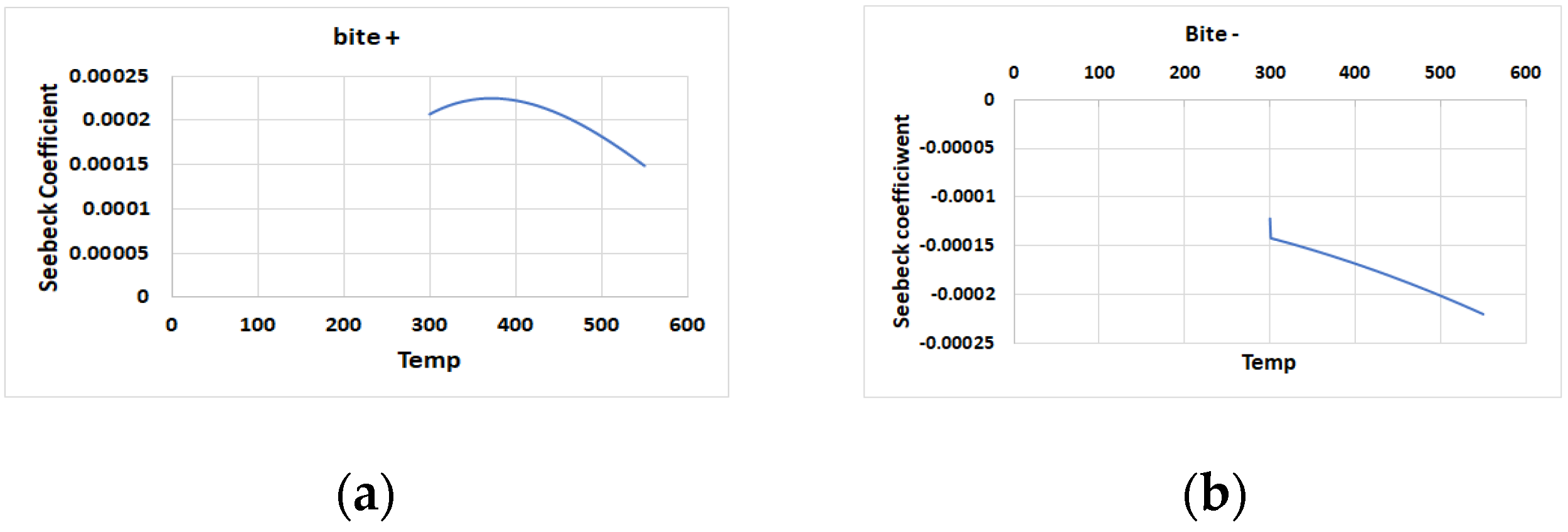Design and Simulation of Thermoelectric Generator to Enhance the Cooling Rate and Power Generation from Waste Heat of Chimney by Employing Different Angles of Flaps †
Abstract
:1. Introduction
2. Methodology
2.1. Physical Domain
2.2. Governing Equations
2.3. Material Properties
2.4. Numerical Solving
3. Results and Discussion
3.1. Impact of Flap Depth
3.2. By Using Conductive Flap
3.3. Effect of Flap Angle
4. Conclusions
Author Contributions
Funding
Institutional Review Board Statement
Informed Consent Statement
Data Availability Statement
Conflicts of Interest
References
- Lv, S.; He, W.; Jiang, Q.; Hu, Z.; Liu, X.; Chen, H.; Liu, M. Study of Different Heat Exchange Technologies Influence on the Performance of Thermoelectric Generators. Energy Convers. Manag. 2018, 156, 167–177. [Google Scholar] [CrossRef]
- Demir, M.E.; Dincer, I. Performance Assessment of a Thermoelectric Generator Applied to Exhaust Waste Heat Recovery. Appl. Therm. Eng. 2017, 120, 694–707. [Google Scholar] [CrossRef]
- Yazicioğlu, B.; Yüncü, H. Optimum Fin Spacing of Rectangular Fins on a Vertical Base in Free Convection Heat Transfer. Heat Mass Transfer 2007, 44, 139. [Google Scholar] [CrossRef]
- John Wiley & Sons, Ltd. Thermoelectric Generators. In Thermoelectrics: Design and Materials; John Wiley & Sons, Ltd.: Hoboken, NJ, USA, 2016; pp. 8–22. ISBN 9781118848944. [Google Scholar]
- John Wiley & Sons, Ltd. Modeling of Thermoelectric Generators and Coolers with Heat Sinks. In Thermoelectrics: Design and Materials; John Wiley & Sons, Ltd.: Hoboken, NJ, USA, 2016; pp. 99–119. ISBN 9781118848944. [Google Scholar]
- Hassan, H. Heat Transfer of Cu–Water Nanofluid in an Enclosure with a Heat Sink and Discrete Heat Source. Eur. J. Mech. B Fluids 2014, 45, 72–83. [Google Scholar] [CrossRef]
- Eldesoukey, A.; Hassan, H. 3D Model of Thermoelectric Generator (TEG) Case Study: Effect of Flow Regime on the TEG Performance. Energy Convers. Manag. 2019, 180, 231–239. [Google Scholar] [CrossRef]
- Lin, C.-C.; Ginting, D.; Lydia, R.; Lee, M.H.; Rhyee, J.-S. Thermoelectric Properties and Extremely Low Lattice Thermal Conductivity in P-Type Bismuth Tellurides by Pb-Doping and PbTe Precipitation. J. Alloys Compd. 2016, 671, 538–544. [Google Scholar] [CrossRef]
- Yim, J.-H.; Jung, K.; Yoo, M.-J.; Park, H.-H.; Kim, J.-S.; Park, C. Preparation and Thermoelectric Properties of Quaternary Bismuth Telluride–Indium Selenide Compound. Curr. Appl. Phys. 2011, 11, S46–S49. [Google Scholar] [CrossRef]
- Çengel Yunus, A.; Ghajar, A.J. Heat and Mass Transfer: Fundamentals & Applications, 4th ed.; McGraw-Hill: New York, NY, USA, 2011. [Google Scholar]
- Klaus, H. Jet Engines: Fundamentals of Theory, Design and Operation; The Crowood Press: Marlborough, UK, 2010. [Google Scholar]







Publisher’s Note: MDPI stays neutral with regard to jurisdictional claims in published maps and institutional affiliations. |
© 2022 by the authors. Licensee MDPI, Basel, Switzerland. This article is an open access article distributed under the terms and conditions of the Creative Commons Attribution (CC BY) license (https://creativecommons.org/licenses/by/4.0/).
Share and Cite
Ali, A.; Zaheer, M.A.; Malik, N.M. Design and Simulation of Thermoelectric Generator to Enhance the Cooling Rate and Power Generation from Waste Heat of Chimney by Employing Different Angles of Flaps. Eng. Proc. 2022, 23, 21. https://doi.org/10.3390/engproc2022023021
Ali A, Zaheer MA, Malik NM. Design and Simulation of Thermoelectric Generator to Enhance the Cooling Rate and Power Generation from Waste Heat of Chimney by Employing Different Angles of Flaps. Engineering Proceedings. 2022; 23(1):21. https://doi.org/10.3390/engproc2022023021
Chicago/Turabian StyleAli, Asif, Mansoor Ali Zaheer, and Nawaf Mehmood Malik. 2022. "Design and Simulation of Thermoelectric Generator to Enhance the Cooling Rate and Power Generation from Waste Heat of Chimney by Employing Different Angles of Flaps" Engineering Proceedings 23, no. 1: 21. https://doi.org/10.3390/engproc2022023021
APA StyleAli, A., Zaheer, M. A., & Malik, N. M. (2022). Design and Simulation of Thermoelectric Generator to Enhance the Cooling Rate and Power Generation from Waste Heat of Chimney by Employing Different Angles of Flaps. Engineering Proceedings, 23(1), 21. https://doi.org/10.3390/engproc2022023021





